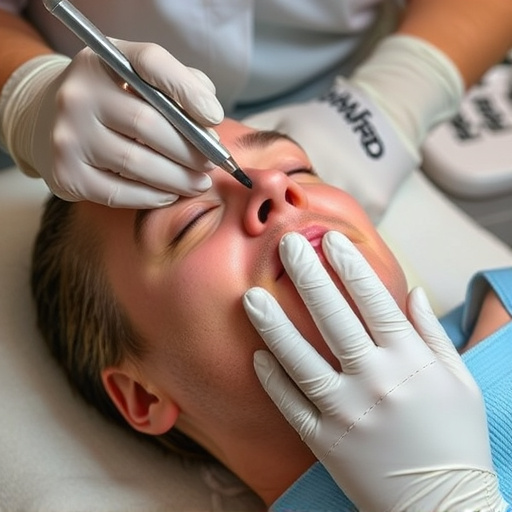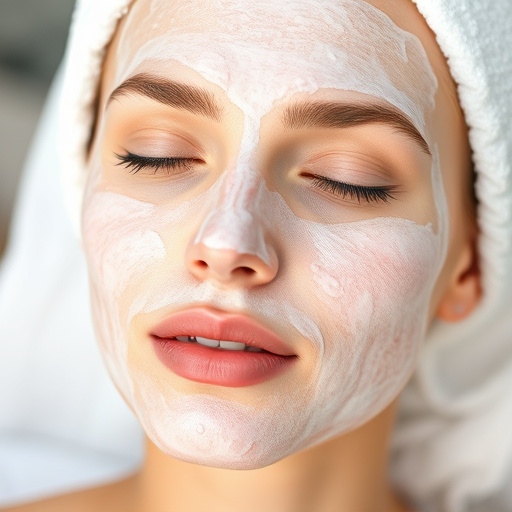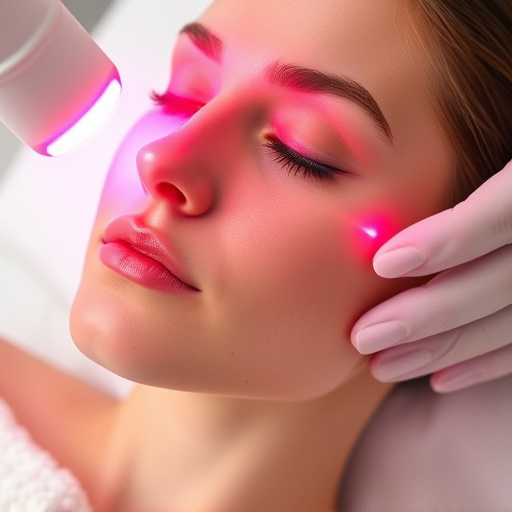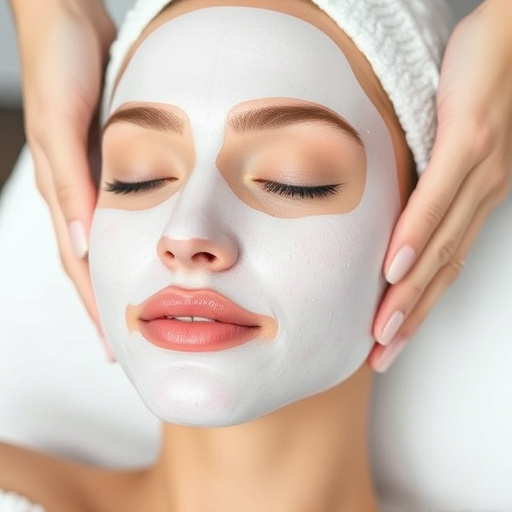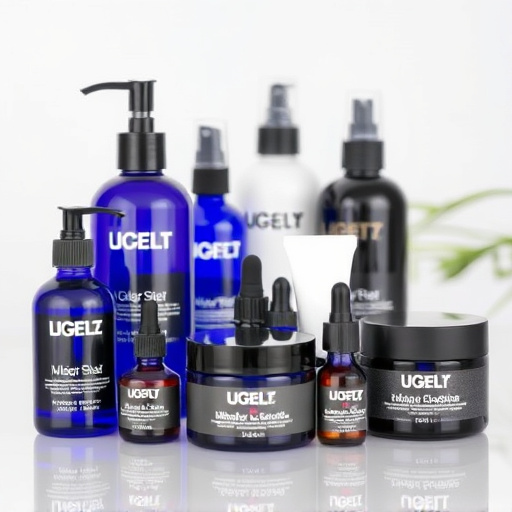Hyperpigmentation, caused by sun exposure, inflammation, and skin injuries, can be treated with chemical peels, topical medications like hydroquinone and vitamin C, microdermabrasion, and laser therapy. These non-invasive procedures, when combined with a personalized skincare routine, effectively reduce dark spots and enhance skin radiance for a healthier, more even complexion.
Hyperpigmentation can be a persistent skin concern, but with the right approach, achieving even, radiant skin is within reach. This comprehensive guide explores best practices for successful hyperpigmentation treatment. We’ll delve into the causes and types of this condition, uncovering common triggers like sun exposure and inflammation. Next, we’ll explore effective topical treatments featuring powerful ingredients like vitamin C and retinol. Additionally, we’ll discuss non-invasive procedures, highlighting safety considerations and realistic results expectations.
- Understanding Hyperpigmentation: Causes and Types
- Topical Treatments: Effective Ingredients and Formulas
- Non-Invasive Procedures: Safety and Results Expectations
Understanding Hyperpigmentation: Causes and Types
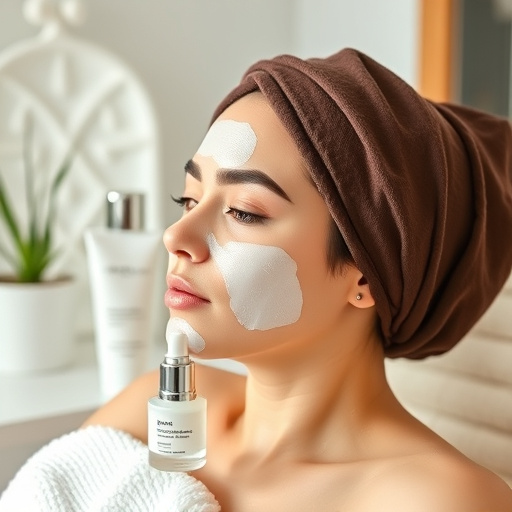
Hyperpigmentation is a common skin concern characterized by dark patches or areas that appear darker than surrounding skin. It’s important to understand its causes and types to effectively manage and treat it. Hyperpigmentation can be triggered by various factors, including sun exposure, inflammation, certain medications, and skin injuries. The most well-known type is melasma, often referred to as “the mask of pregnancy,” which appears as dark spots on the face, usually during or after pregnancy. Another common form is post-inflammatory hyperpigmentation, resulting from acne scars, wounds, or other skin irritations.
Facial treatments like chemical peels and hydrating facials can be beneficial for hyperpigmentation treatment. Chemical peels use acidic solutions to gently exfoliate the skin, removing the top layer of pigmented cells and stimulating collagen production. Hydrating facials, on the other hand, focus on nourishing and moisturizing the skin to improve its overall appearance and texture, which can help fade dark spots over time. Understanding these causes and exploring tailored hyperpigmentation treatment options is key to achieving a more even and radiant complexion.
Topical Treatments: Effective Ingredients and Formulas
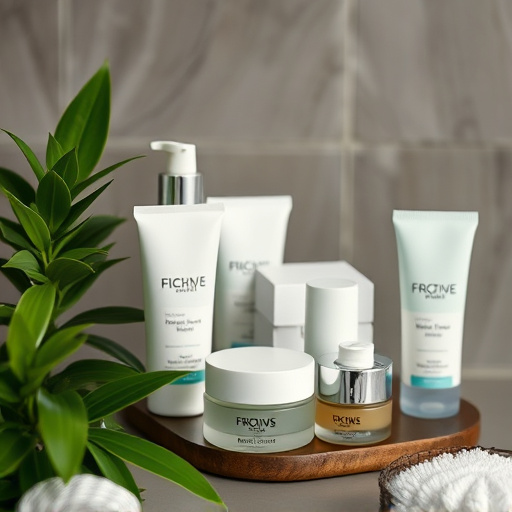
Topical treatments play a pivotal role in addressing hyperpigmentation. When selecting products, look for active ingredients like hydroquinone, azelaic acid, and kojic acid. These compounds inhibit melanin production, the primary cause of dark spots, helping to even out skin tone. Formulas with niacinamide and vitamin C also prove effective; they brighten the complexion while providing anti-inflammatory benefits.
For advanced cases or those seeking faster results, chemical peels offer a professional skincare solution. These treatments use concentrated acids to exfoliate the skin, removing the top layer where hyperpigmentation tends to accumulate. Personalized skincare routines incorporating these active ingredients and professional guidance can significantly enhance hyperpigmentation treatment success rates, leading to a more even and radiant complexion.
Non-Invasive Procedures: Safety and Results Expectations

Non-invasive procedures are a popular choice for those seeking to address hyperpigmentation. These methods offer a safer alternative to more invasive treatments, minimizing downtime and potential risks. When considering options like chemical peels, microdermabrasion, or laser therapy, it’s crucial to understand the expected outcomes and consult with qualified professionals.
Each treatment has its unique benefits and may be tailored to individual needs through customized facials or medical spa services. Anti-aging treatments, for instance, can help reduce the appearance of age spots and uneven skin tone while promoting overall skin health. However, results vary based on factors like skin type, severity of hyperpigmentation, and adherence to aftercare instructions.
When pursuing optimal hyperpigmentation treatment results, a comprehensive understanding of this complex condition is key. By recognizing the underlying causes and various types, individuals can make informed decisions regarding their chosen treatment approach. Topical treatments offer a wide array of effective ingredients and formulas, while non-invasive procedures provide safe alternatives with manageable expectations. Combining knowledge, tailored strategies, and consistent care regimens enables successful management and reduced appearance of hyperpigmentation.


